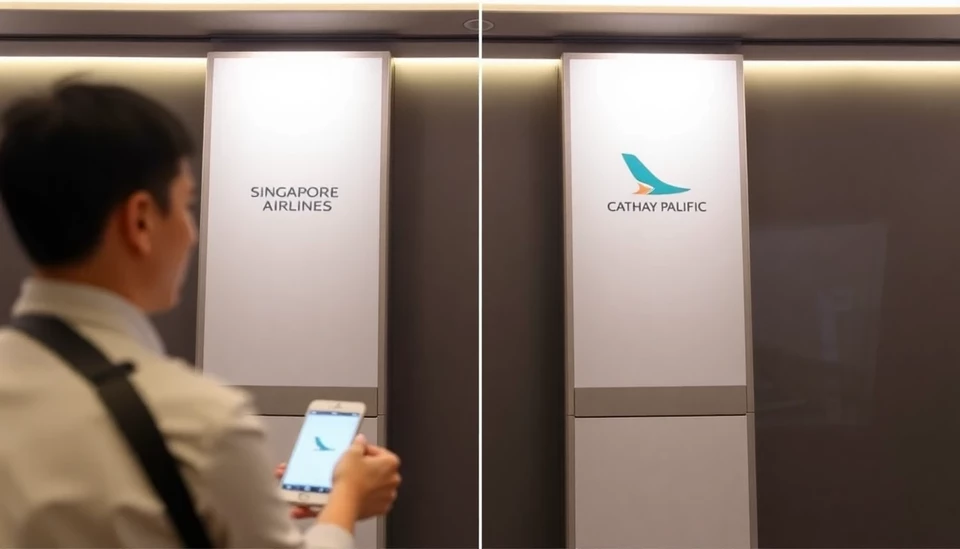
In a startling development within the aviation industry, Singapore Airlines and Cathay Pacific have diverged significantly in their policies regarding the use of power banks on flights. The conversation surrounding lithium-ion battery safety has received renewed attention following various incidents that have raised concerns about onboard fires and potential hazards.
Singapore Airlines has made headlines for its stringent approach, recently announcing a complete ban on the use of power banks on its aircraft. This decision comes amid increasing scrutiny of battery safety standards and the potential dangers posed by carrying such devices onboard. The airline's policy underscores its commitment to passenger safety and risk mitigation, particularly as power banks have been identified as potential fire hazards due to overheating and malfunctioning lithium-ion batteries.
In contrast, Cathay Pacific has opted for a less restrictive stance, allowing the use of power banks on its flights. The airline emphasizes that they adhere to regulations set forth by aviation safety authorities which permit passengers to carry power banks, provided they comply with certain guidelines regarding their capacity. According to Cathay Pacific, this includes specific weight limits and restrictions on the watt-hour rating of power banks that can be taken onboard.
The stark difference between the two airlines has sparked discussions among travelers and aviation experts alike. While Singapore Airlines focuses on tightening safety measures in light of recent battery-related incidents, Cathay Pacific is attempting to balance safety with passenger convenience. The contrasting policies present travelers with a dilemma: which airline offers a safer environment versus which provides more usability and convenience regarding their electronic devices.
This divide also reflects broader tensions within the aviation industry regarding how best to approach safety protocols while accommodating an increasingly technology-dependent population. As more passengers rely on their devices for communication, entertainment, and productivity during flights, airlines are faced with the challenge of ensuring safety without compromising customer satisfaction.
Experts suggest that the divergence in policies may lead to a broader reevaluation of aviation safety standards concerning personal electronic devices, with airlines reexamining their own approaches in light of each other's practices. The discussion is likely to continue, especially as more incidents involving power banks and other lithium-ion battery-operated devices occur in the future.
As airlines navigate the complexities of customer safety and satisfaction, travelers are advised to stay informed about the policies of different carriers before their flights. This ongoing situation serves as a reminder of the importance of safety measures in the ever-evolving landscape of air travel.
In conclusion, the differing strategies of Singapore Airlines and Cathay Pacific could signal a shift in industry norms regarding the transportation of electronic devices. It will be crucial to monitor how these policies evolve and impact the future of air travel standards and passenger behavior.
#SingaporeAirlines #CathayPacific #AirTravel #PowerBank #SafetyFirst #AviationNews #FlightPolicies
Author: Samuel Brooks




